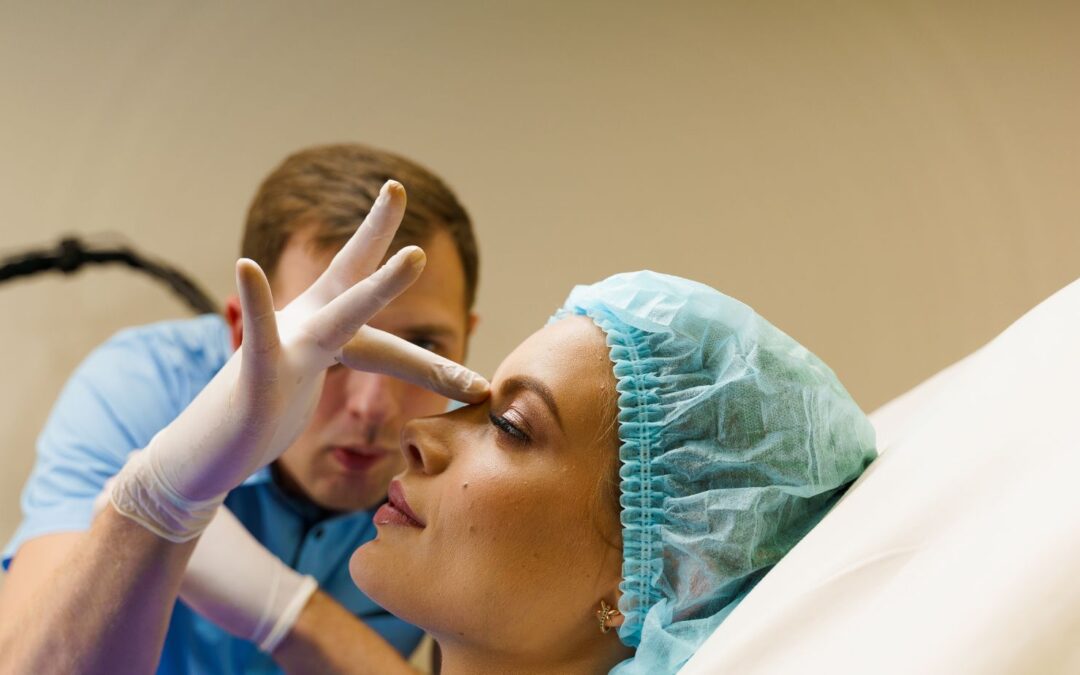Rhinoplasty, commonly referred to as a nose job, is a plastic surgery procedure designed to change the shape and appearance of your nose. It can also correct functional issues, such as difficulty breathing due to a deviated septum. Before deciding to undergo rhinoplasty, it’s essential to have realistic expectations and be aware of what the procedure entails. Consulting with a board-certified surgeon who specializes in rhinoplasty in Clearwater or your local area is a crucial step toward understanding the potential outcomes and risks associated with this type of surgery.
During your consultation, the surgeon will evaluate factors including the structure of your nose, your overall health, and your age to determine if you’re a good candidate for the procedure. It’s important to discuss your goals openly and listen to the surgeon’s recommendations to ensure the results align with your expectations. Preparing for rhinoplasty involves following specific guidelines provided by your surgeon, which typically include stopping smoking and avoiding certain medications. After the surgery, your recovery process and the care of your nose are vital to achieve the best results.
Key Takeaways
- Rhinoplasty is a procedure that modifies the nose’s shape and can improve breathing.
- A detailed consultation with a board-certified surgeon is essential for setting realistic expectations.
- Proper preparation and post-surgery care are key to a successful result and recovery.
Preparing for Rhinoplasty
Rhinoplasty, commonly known as a nose job, is a significant decision requiring careful preparation. Your journey to a successful rhinoplasty begins with understanding the necessary steps pre-surgery—accounting for an in-depth consultation, a thorough grasp of the procedure, and meticulous pre-surgery preparations.
Consultation and Health Assessment
Your initial consultation is a pivotal step. During this meeting, expect to discuss your medical history and the reasons behind your decision for rhinoplasty. Your surgeon will evaluate your health to ensure you’re a suitable candidate for the procedure. You will also establish realistic expectations for the surgery’s outcome.
- Discuss any previous surgeries or nasal obstructions.
- Evaluate your overall health to handle the surgery and anesthesia.
Understanding the Procedure
Rhinoplasty involves reshaping the nose’s structure to improve function or appearance. A detailed understanding of the procedure is crucial—knowing the risks, the recovery timeline, and what rhinoplasty can and cannot achieve.
- Ask your surgeon about the surgical technique they’ll use.
- Understand the role of rhinoplasty in improving both aesthetics and function.
Pre-Surgery Preparations
Preparing for surgery is about ensuring your body is primed for the best healing outcome. Plastic surgeons might instruct you to adjust current medications and avoid substances that could complicate surgery or recovery, such as aspirin or certain herbal supplements.

It’s also important to nourish your body and mind in preparation for the procedure.
- Quit smoking: Smoking hinders blood flow and healing; stop several weeks before and after surgery.
- Diet and Clothing: Plan for a healthy diet and comfortable clothing post-operation.
Post-Surgery Information
Following rhinoplasty, it’s crucial to be well-informed about the aftercare to ensure optimal results and a smooth recovery. This involves knowledge about immediate care post-operation, the healing timeline, recognizing potential complications, and understanding long-term maintenance.
Immediate Post-Op Care
Immediately after surgery, you will be in a recovery area where your health will be closely monitored. You’re likely to experience some swelling and pain, which can be managed with pain medication prescribed by your surgeon. It’s common to have a splint placed on your nose to support and protect the new structure during the initial healing phase.
- Dos:
- Rest with your head elevated higher than your chest to reduce swelling.
- Take medications as directed.
- Don’ts:
- Don’t blow your nose.
- Avoid strenuous activities.
Recovery and Healing Process
Your recovery timeline will consist of several stages. In the first week, you’ll have scheduled follow-ups for the removal of the splint and to assess initial healing. Swelling and bruising are normal and will gradually subside. Expect the most noticeable changes within the first month, with gradual refinement over time. Full healing can take up to a year as the nasal contours settle.
- 1-2 Weeks: Most swelling and bruising diminish; return to non-strenuous work.
- 3-4 Weeks: Increase physical activity; avoid contact sports.
- 1 Year: Experience the final shape of your nose.
Potential Complications
While rhinoplasty is generally safe, all surgeries carry risks. Potential complications include infection, excessive bleeding, or difficulty breathing due to swelling.

In some cases, a revision rhinoplasty may be necessary to correct or refine the results. If you notice signs of infection or any severe discomfort, contact your surgeon as soon as possible.
- Watch for:
- Unusual discharge from the nostrils.
- Excessive and persistent pain.
- High fever.
Long-Term Care and Maintenance
Long-term care is centered around protecting your nose and maintaining its shape. Your surgeon will provide personalized advice, but general guidelines include:
- Protection:
- Apply sunscreen to your nose to prevent discoloration.
- Be cautious not to bump your nose.
- Maintenance:
- Maintain a relationship with your surgeon for ongoing check-ups.
- Follow specific instructions about long-term care to preserve the results.
Conclusion
Before scheduling your rhinoplasty, it’s crucial to have clear expectations and a solid understanding of the procedure. Ensure a successful recovery by ceasing to smoke and preparing to adhere to specific dietary guidelines post-operation. Remember, choosing a skilled surgeon is paramount for both aesthetic and functional improvements to your nose. With proper preparation and realistic goals, you can enhance both your appearance and nasal function.
Jessica has a flair for writing engaging blogs and articles. She enjoys reading and learning new things which enables her to write different topics and fields with ease. She also strives to break down complex concepts and make them easy for anybody to comprehend.





